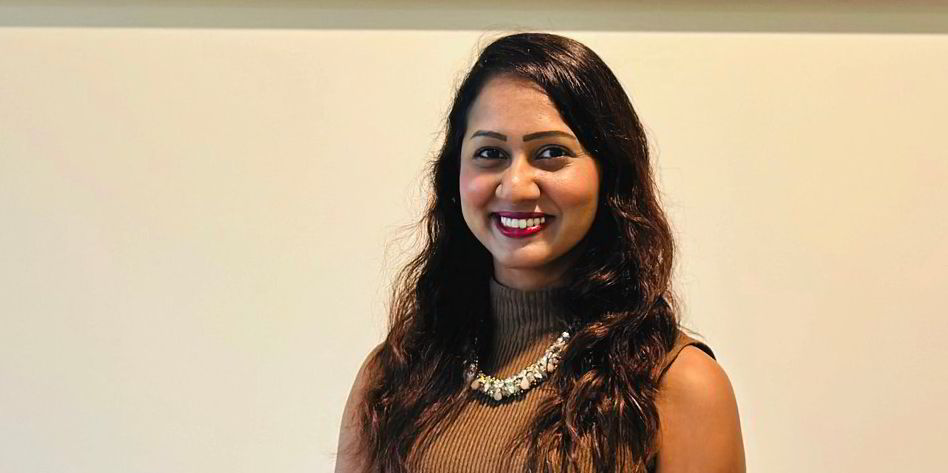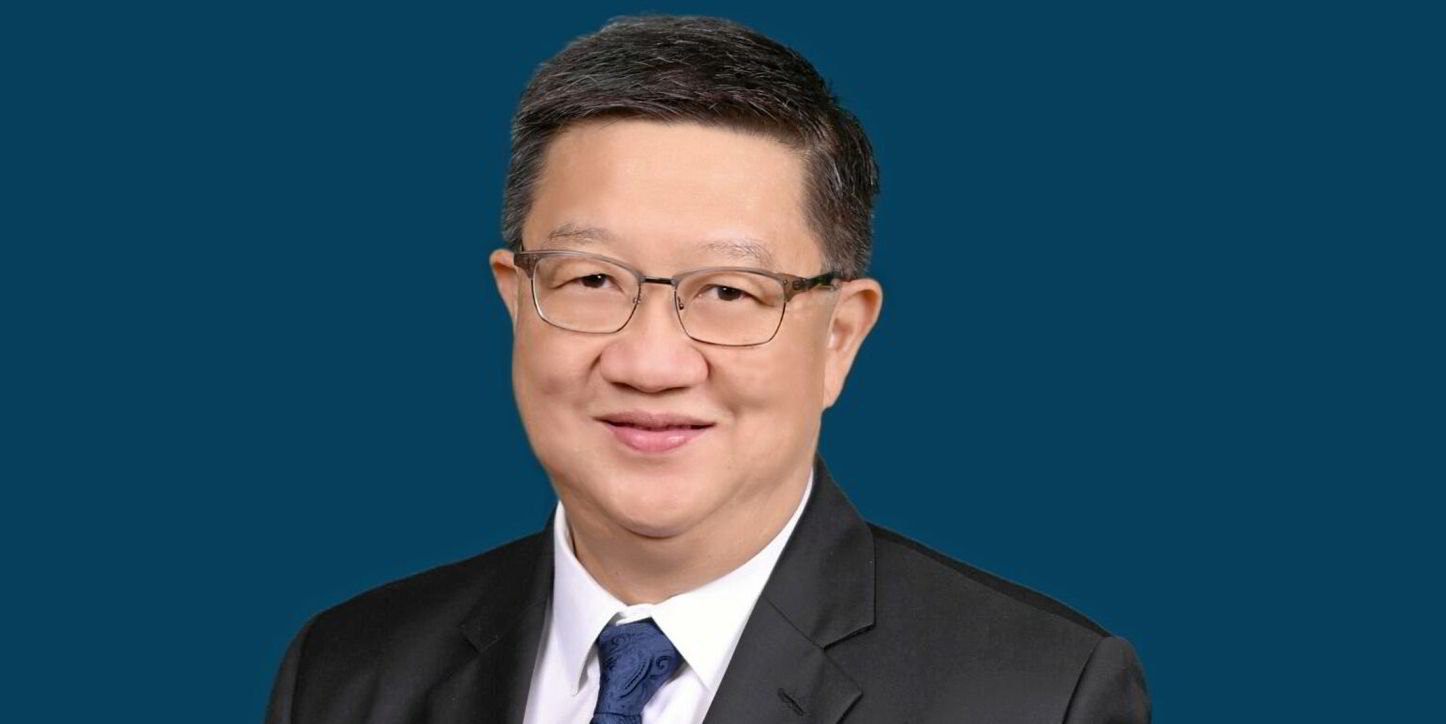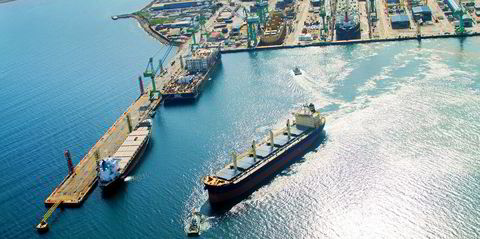Cynthia Mark Mohan credits her father, a shipyard facilities manager, for her love of shipping. As a girl she would accompany him on walks around the yard, developing a fascination for the industry and the processes that make it function.
Today, at the age of 38, Jurong Port’s head of process and digitalisation is playing a leading role in bringing port operations for breakbulk shipping in Singapore into the digital age.
Her job sits at the intersection of maritime and technology — domains that have only recently seen more participation from women.
Jurong Port may not enjoy as high a profile as PSA Corp with its giant container terminals, but it plays a vital role in Singapore’s maritime economy by handling most non-containerised breakbulk cargo.
Cynthia describes that as a very exciting space to be in.
“Anything that cannot be stuffed in a container pretty much comes to us,” she said. “This is very traditional shipping.”
Her job is to look at how Jurong Port can streamline its commercial and operational processes in this very diversified business and create digital solutions to enable the business to continue, as well as to be more productive and value-added.
“We are integrators,” she said when asked to describe her team.
“We integrate our customer experience as well as our port-related roles and responsibilities. What we use is a set of digitalisation initiatives, as well as process re-engineering methodologies to try and streamline the whole thing to deliver a better experience to the end customer and to be efficient and more effective as a port operator,” she said.
The diversified nature of Jurong Port’s trade makes this an interesting challenge. Unlike in the container sector, there are no off-the-shelf solutions to tap into.
“For container solutions — I’ve done similar roles in a container business as well — it is a lot more mature. They’ve had a longer run, so in that sense, there are more off-the-shelf solutions,” Cynthia explained.
“It is not as easy in the non-containerised business where we are handling livestock on one day and bulk cargo or steel coils the next. There is no real off-the-shelf service or solution that we can tap and mirror one for one.”

But this, Cynthia said, is what makes her job so fascinating.
“I do end up doing a bit of a mix and match where I break the business and the processes up into where I can get some off-the-shelf solution and modify it heavily. For the majority of it, we are pretty much doing it ourselves,” she said.
Cynthia believes that the challenge of working in breakbulk’s limited connectivity environment can lead to interesting opportunities.
“We get to help bring up the literacy levels and the confidence levels of our port users who are utilising these solutions. We have to train our team on the ground as well to be effectively able to execute processes in a new way. There are a lot of moving parts in this job.”
Cynthia encourages the non-containerised shipping sector to invest in integration solutions such as APIs and EDIs, technologies used for exchanging data between business partners’ computer systems, “so that we can collaboratively work as a port, as well as on the shipper side of things, to integrate information seamlessly”.
“I would suggest going straight for simple integration systems. Be an effective integrator first, have your sturdy set of EDIs and APIs. That will enable us to also give you a better service,” she said.

Jurong Port, she added, does have options, as well as lots of solutions it is currently creating, that it could extend to its customers in the future.
“What we are typically doing now is trying to onboard the industry on data exchange. In order to be effectively able to do that, simple EDIs and APIs would be a good investment for our shippers to have,” she said.
Cynthia credits her father’s influence for her decision to enter the industry, but with strong skills in information technology.
Leading by example
“My dad said, ‘Whatever industry or whatever space you go into, make sure you bring value to the table’. He advised me to look at the future, either becoming an engineer or going into an IT-related science.
“He said the industry was going to change, and there was no point for me to come in just with only maritime without looking at how else I could add value to the space.”
Cynthia chose computer science, graduating from the National University of Singapore in 2008. She later obtained a master’s degree in international business.
Starting her maritime career at a Singapore-based maritime software engineering firm, Cynthia subsequently moved on to a 10-year stint in the liner sector with AP Moller-Maersk.
She joined Jurong Port in November 2021 after a brief spell at a maritime consulting start-up.
Few women were studying IT or working in shipping when Cynthia started her career.
“I found myself in roles where I was either one of two women, or one of one woman in a team of males. There was a lot of curiosity, a lot of curious eyes, which is only natural.
“But, having said that, I have gotten used to it. I say ‘let’s take this to my benefit. Let’s talk about how I bring value to the table and how we can all work together’.”
I found myself in roles where I was either one of two women, or one of one woman in a team of males. There was a lot of curiosity
— Cynthia Mark Mohan
Cynthia said she is pleased to see how the gender balance in shipping in Singapore has improved significantly since then.
She credits this to ongoing outreach efforts to raise awareness and attract women to shipping through organisations such as the Singapore Maritime Foundation and the industry itself.
“The industry’s transformation through digitalisation, as well as sustainability, has created a lot more diversity in terms of the kind of jobs that attract both men and women.
“I do see a lot more progress and a lot more opportunity in this space for both men and women alike, which is great,” she concluded.






